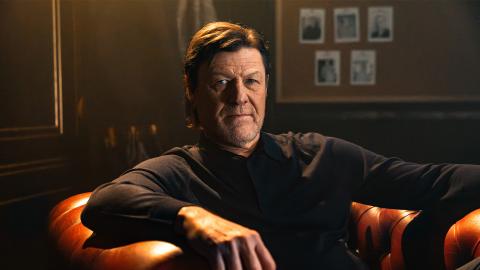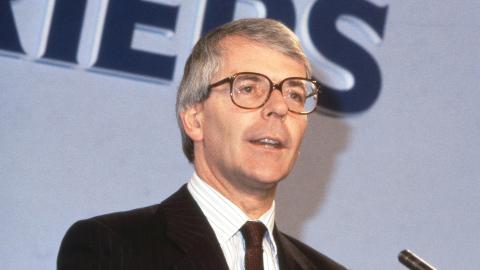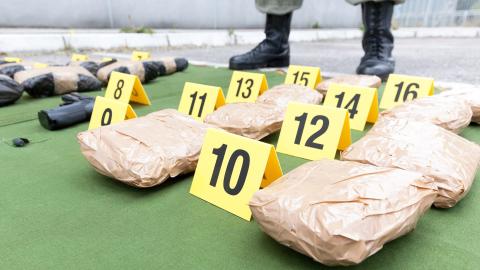Josef Stalin: Biography
A look at the 20th century's most evil dictators, whose monstrous personalities and single party rule ran parallel and affected millions of lives in the first half of last century.
Born Josif Vissarionovich Dzhugashvili, Stalin was a nickname.
Born to illiterate peasant parents, he became involved with Socialism, Lenin's ideas about the importance of centralism and a strong revolutionary party. His practical experience made him useful in Lenin's Bolshevik party before the 1917 Revolution.
Stalin spent the years after the revolution secretly increasing his power as general secretary. After Lenin's death in 1924, underhand machinations and alliances meant that, by 1928, his supremacy was complete.
Stalin replaced Lenin's market socialist New Economic Policy with a series of Five Year Plans of state guided crash industrialization, and forced the collectivisation of agriculture. The process was brutal but soon successful, resulting in increasing production and efficiency.
Related: 10 things you didn't know about Stalin
When faced with resistance, the regime assembled shock brigades to force peasants into collective farms; however, they often destroyed their farms.
Stalin blamed this drop in food production on Kulaks (rich peasants), ordering them to be transported to Gulag prison camps. Millions of people lost their lives during this campaign and the famines that followed.
Stalin consolidated his near-absolute power with the Great Purges against his suspected opponents in the Bolshevik Party. This period is often called the Great Terror, and thousands of people were killed or imprisoned. Show trials were also held as examples.
In 1939, Stalin agreed to a Pact with Nazi Germany, which divided Eastern Europe between the powers. However, Adolf Hitler broke the pact and invaded the Soviet Union. Approximately 21 million people were killed. However the feared German military machine was ultimately destroyed by fierce resistance and the harsh Russian winter.
Following World War II, Stalin's regime installed friendly Communist governments in the countries that the Soviet army had occupied. This, and mistrust in the West, led to the long, tense "Cold War".
In March 1953, Stalin died. His death was attributed to cerebral haemorrhage, but he may have been poisoned.
















